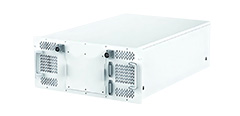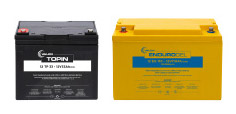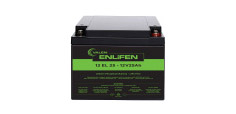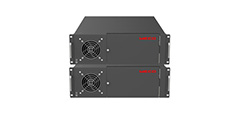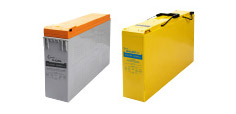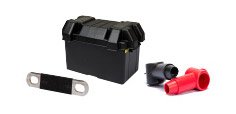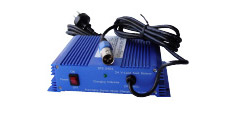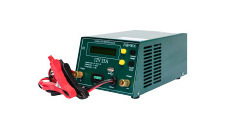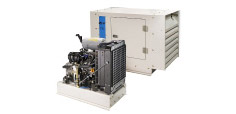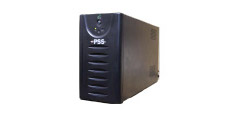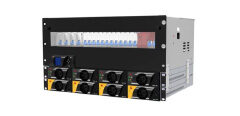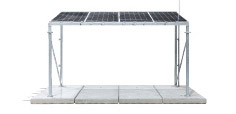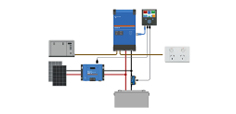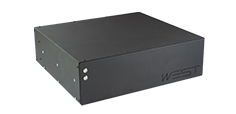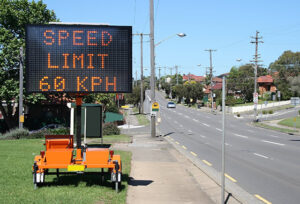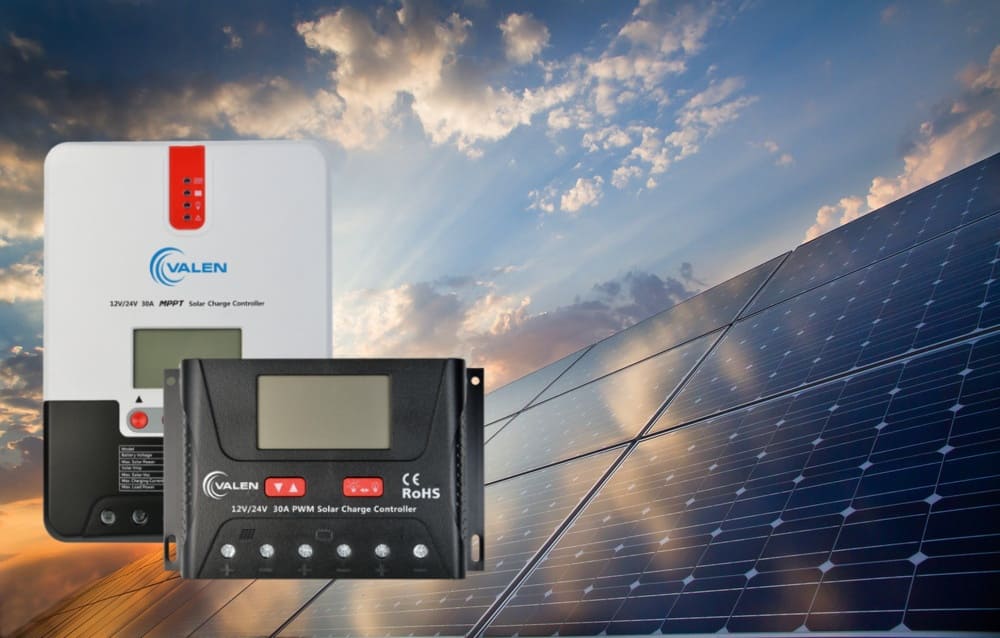What’s the difference between PWM and MPPT solar charge controllers? A highly critical component of any solar system, whether it’s used for powering a communications tower, road sign or even a caravan, is the solar charge controller.
A solar charge controller is a device used to control the charge coming in from a solar system to the batteries. They are essential in ensuring batteries are not overcharged.
Overcharging a battery will significantly reduce the battery life and potentially cause damage beyond repair.
When a solar charge controller is used, the controller will take the power from a solar panel and regulate it to charge or maintain the battery in the most optimised way.
For example, a standard 12V operating voltage solar panel would have a nominal voltage of 18V. Connecting this directly to an AGM or Gel battery which is only charged at a max of 14.4-14.6V on boost charge will cause the battery to be overcharged unless a solar power controller is used.
What types of solar charge controllers are there?
There are two different methods used by the controller to regulate the power from the solar panel to charge the battery.
- Pulse Width Modulation (PWM)
- Maximum Power Point Tracking (MPPT)
PWM is the original method and has been around for many years while MPPT is the newer more efficient method. MPPT has been specifically designed to reduce the efficiency loss in charging batteries from solar panels.
How do PWM and MPPT solar charge controllers work?
PWM:
A PWM controller clamps the solar panel output voltage to match that of the battery until it’s fully charged, then clamping it further to float charge the battery. The output from the controller is maxed at the solar panel’s output current
The controller uses very simple algorithms to determine the correct voltage required for charging the batteries
MPPT:
MPPT controllers track the open-circuit voltage of the solar panel and matches that with the peak current generated from the solar panel.
The controller then tracks that as the maximum power point and converts that power to charge for the batteries.
Using this maximum power point ensures that the panel is producing at its peak and the full wattage produced by the solar panel is being converted to charge for the batteries.
MPPT controllers have a greater input voltage range, allowing greater voltages in the cables from the panels to the solar charge controller. This again increases the efficiency of the system by reducing voltage loss in the cabling.
All power generated by the solar panels is converted into charge for the batteries.
The Pros and Cons
Each type of controller has its own pros and cons.
The size, scope and budget of your solar system need to be considered as a whole when deciding whether to use a PWM or an MPPT controller. But to make things easier, you can use the following table to weigh up the pros and cons of each controller type.
| PWM SOLAR CHARGE CONTROLLERS |
MPPT SOLAR CHARGE CONTROLLERS |
| PROS |
- Durable, mostly available with passive heat sink style cooling
- A tried and tested solar controller which has been used for years
- Relatively inexpensive, depending on the voltage and current required
- Available in a range of voltage ranges like 12, 24 and 48V with the current range of 5- 60A
- Simple to install, operate and maintain
- Comes standard with Low Voltage Disconnects
|
- Can increase charging efficiency by up to 30%
- Can be used on solar systems with a higher input voltage than the battery bank
- Available up to 80A
- Generally has a longer warranty than a PWM controller
- Greater flexibility allows for solar system expansion
- Input voltage is not restricted by the battery or system voltage
- Most come standard with reporting and alarm functions
|
| CONS |
- To use a PWM controller on the solar system, the solar input nominal voltage must match the battery bank nominal voltage
- PWM is not available over 60A
- System growth is often limited
- Cannot be used on high voltage grid connect solar systems
- Greater efficiency loss when batteries are at a low voltage
|
- More expensive than a PWM controller
- Generally larger in physical size
- Manufacturer guides are essential to correctly sizing an appropriate solar system
- Not all come MPPT controllers come standard with Low Voltage Disconnect Units
- Greater complexity with more expertise required by the installer to install and commission the controller
|
Need advice on which type of solar charge controller is right for your needs? Ask the experts at Valen!
Every solar system is different, so it’s always important to ensure ensures that your system will run to maximum efficiency and deliver value for money
The experts at Valen are proud to offer the highest level of technical support. We have a comprehensive understanding of solar systems and the technologies behind power controllers.
To talk to one of our knowledgeable team members about your particular solar system, simply click here to get in touch.



